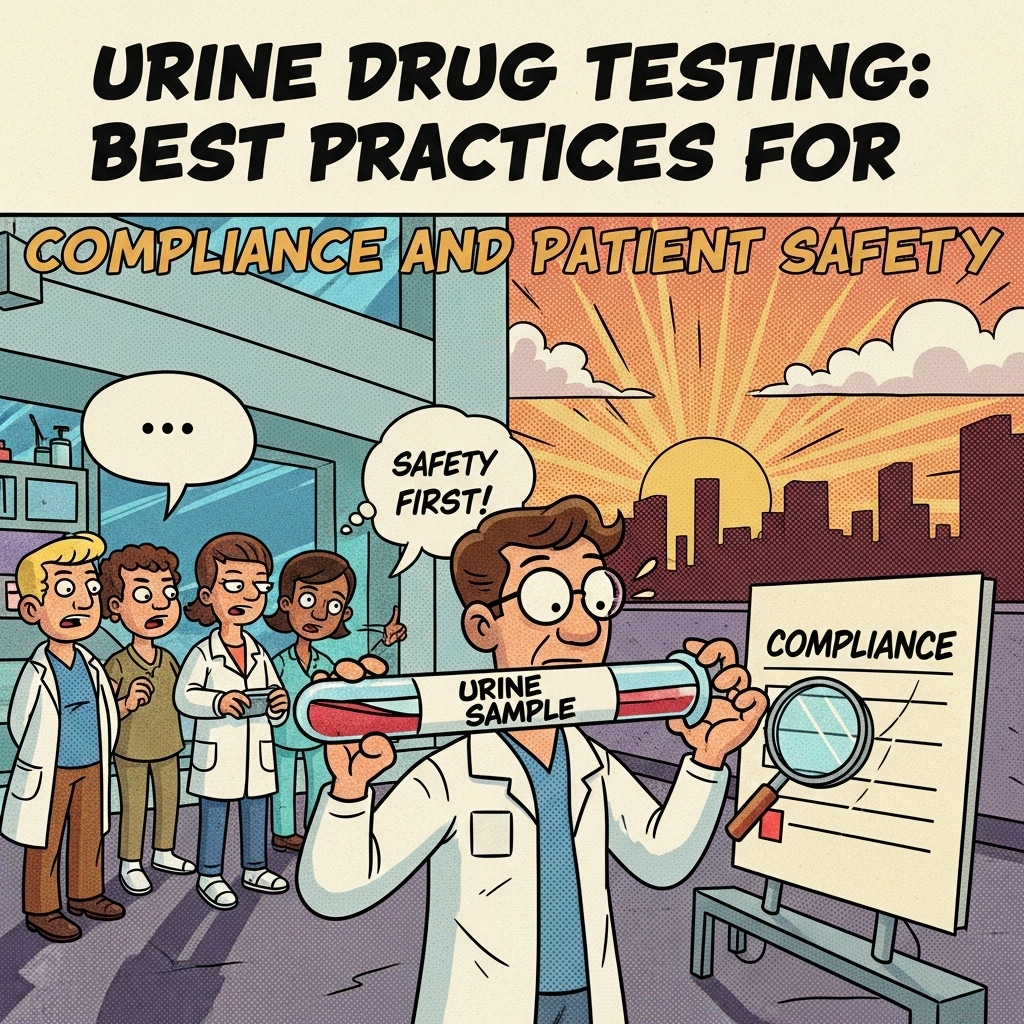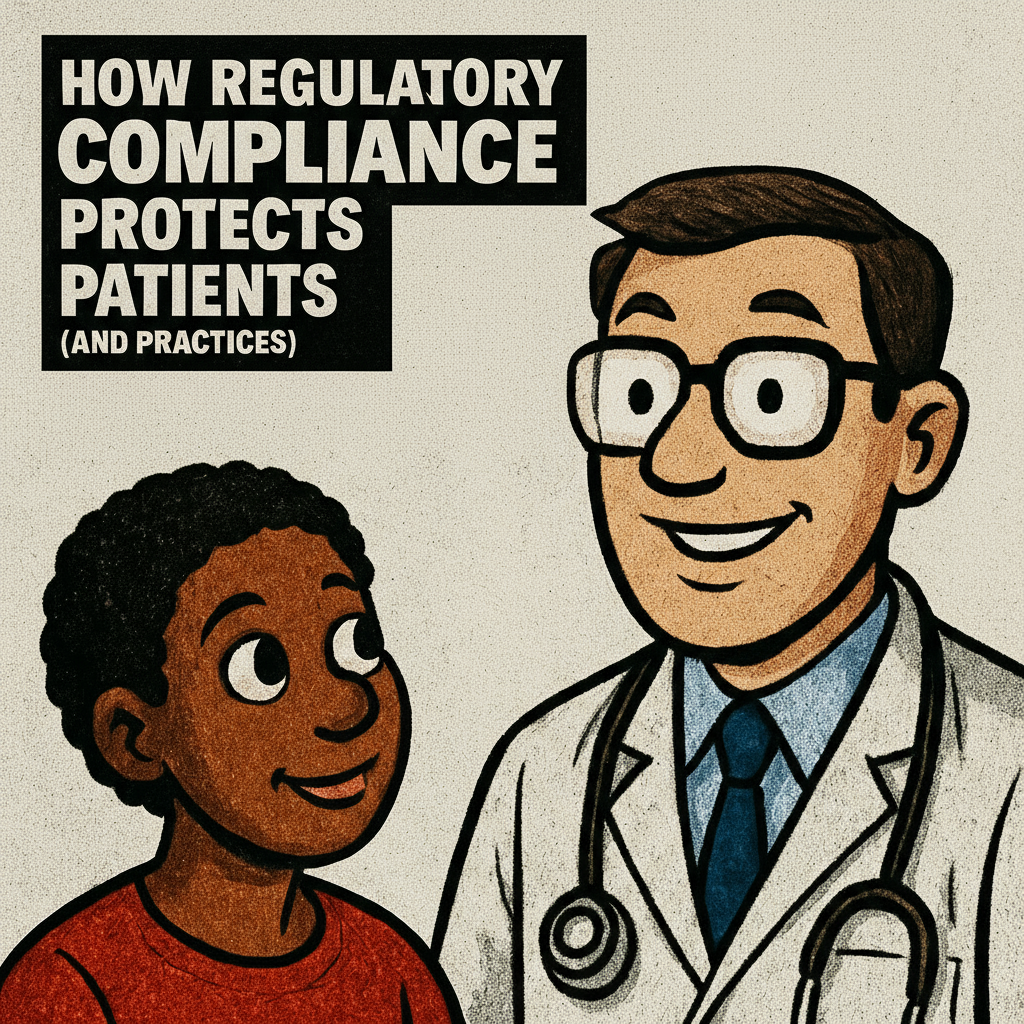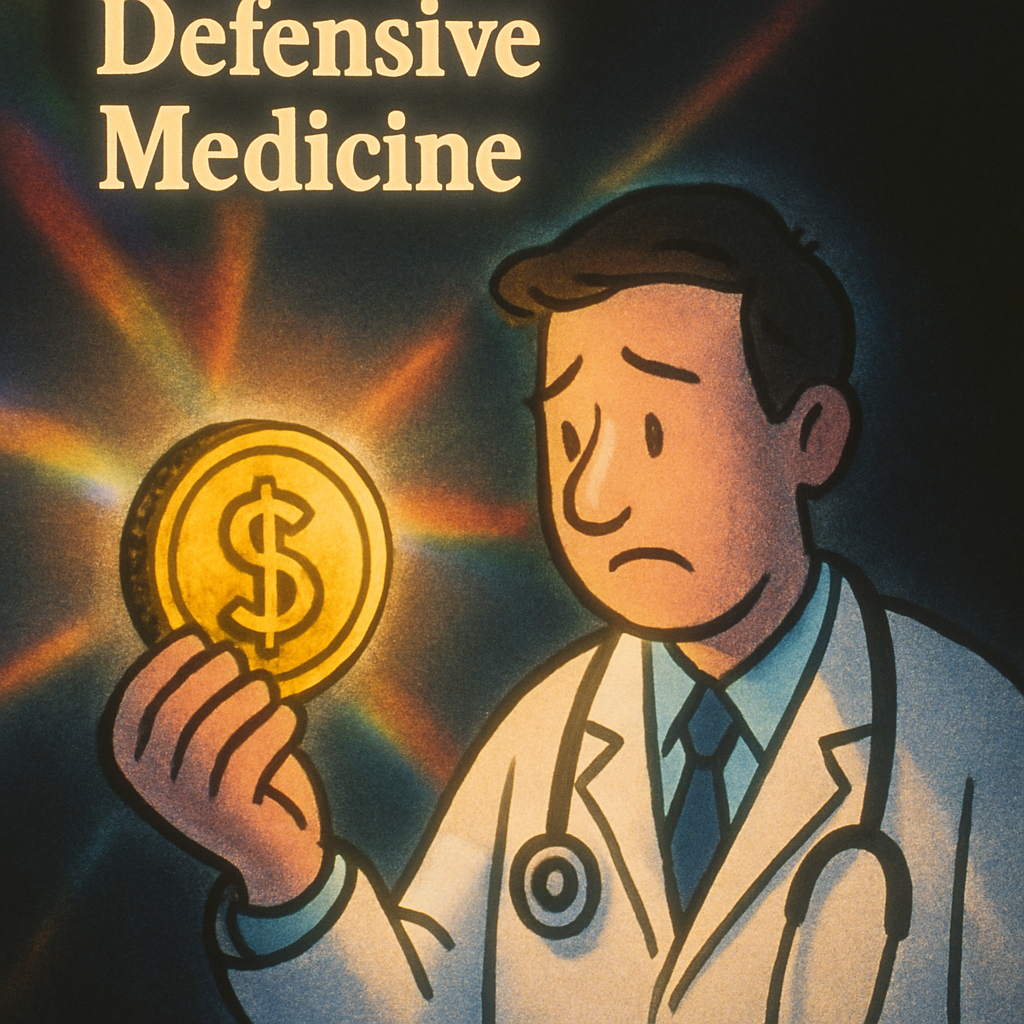
Risk Mitigation Protocols: The Provider’s Best Defense Against Diversion and Government Overreach
Doug Jorgensen
February 21, 2025
Introduction: The Fine Line Every Prescriber Walks
If you prescribe controlled substances today, you’re walking a tightrope.
On one side: patients in genuine need, whose function and quality of life depend on your willingness to treat them appropriately.
On the other: regulatory agencies, law enforcement, insurers, and licensing boards—ready to scrutinize every prescribing decision you make.
The good news? You can protect both your patients and yourself by building strong, documented risk mitigation protocols into your daily practice.
These aren’t just bureaucratic hoops—they’re evidence of responsible, compliant medicine.
When done right, they safeguard against drug diversion, ensure patient safety, and serve as your first line of defense in the event of an audit or investigation.
The Core Risk Mitigation Strategies
1. Prescription Monitoring Program (PMP) Checks
Every state now has a PMP (or PDMP) that tracks controlled substance prescriptions.
- Why: Detects overlapping prescriptions, doctor-shopping, and early refills.
- Best Practice: Check the PMP before every controlled substance prescription or refill—not just the first time. Document it.
2. Controlled Substance Agreements
Also known as “pain contracts” or “treatment agreements.”
- Why: Sets clear expectations for use, storage, refills, and follow-up.
- Best Practice: Keep it in plain language, review it with the patient, and update annually.
3. Urine Drug Testing (UDT)
Used to confirm the presence of the prescribed medication and absence of unapproved substances.
- Why: Validates compliance and detects diversion or misuse early.
- Best Practice: Use random, unannounced testing. Explain it as a safety measure—not a punishment. Confirmation testing, using chromatographic analysis, accurately identifies parent drugs and metabolites, unlike less reliable screening tools. Consistent results in confirmation tests indicate stable dosing; significant fluctuations suggest a potential issue.s.
4. Pill Counts
Require that patients bring their medication in for their in-office visits.
- Why: Discourages diversion and overuse.
- Best Practice: Do it scheduled and randomly and document results in the medical record.
5. Regular Follow-Up Visits
- Why: Reassess function, side effects, and overall benefit.
- Best Practice: Avoid “automatic” refills without visits—especially for Schedule II medications.
6. Functional Outcome Tracking
Pain relief is important, but function is the real goal.
- Why: Demonstrates medical necessity and improvement in measurable terms.
- Best Practice: Use standardized tools (e.g., Oswestry Disability Index, PHQ-9, Pain Catastrophizing Scale).
7. Documentation That Could Stand in Court
If your chart notes can’t explain your rationale to a judge or medical board, they’re incomplete.
- Include:
- Clinical indication for medication
- Risk/benefit discussion
- Alternatives tried and failed
- Ongoing monitoring plan
- Evidence of protocol adherence
- Clinical indication for medication
Why These Protocols Protect You
In the event of:
- A DEA audit – Shows proactive compliance.
- A malpractice claim – Demonstrates the rationale for care and strict adherence treatment goals.
- An insurer denial – Provides medical necessity documentation.
- A patient complaint – Shows professionalism and transparency.
Think of your risk mitigation plan as insurance for your license.
Common Mistakes That Undermine Risk Mitigation
- Skipping PMP checks “because you know the patient”
- Using agreements that are never updated or reviewed
- Ordering UDTs but never reviewing or acting on the results
- Documenting “doing well” without objective measures
- Allowing staff to handle protocols without provider oversight
The Bonus Benefit: Patient Education and Trust
When patients understand that these safeguards are about safety, legality, and protecting access, they’re more likely to comply.
This also shifts the perception from “the doctor doesn’t trust me” to “the doctor is protecting my care.”
Final Thoughts: Proactive Beats Reactive Every Time
In controlled substance prescribing, you can’t eliminate risk—but you can control it.
By embedding these protocols into your daily workflow, you:
- Protect patients from harm
- Protect yourself from legal and professional risk
- Preserve your ability to prescribe for those who truly need it
Remember: It’s much easier to prove you were compliant from the start than to try to explain why you weren’t after the fact.
About the Author
Douglas J. Jorgensen, DO, CPC, FAAO, FACOFP
Dr. Doug is a physician, medical regulatory consultant, and national educator on controlled substance compliance. He helps providers implement systems that protect patients, prevent diversion, and withstand the toughest audits.


